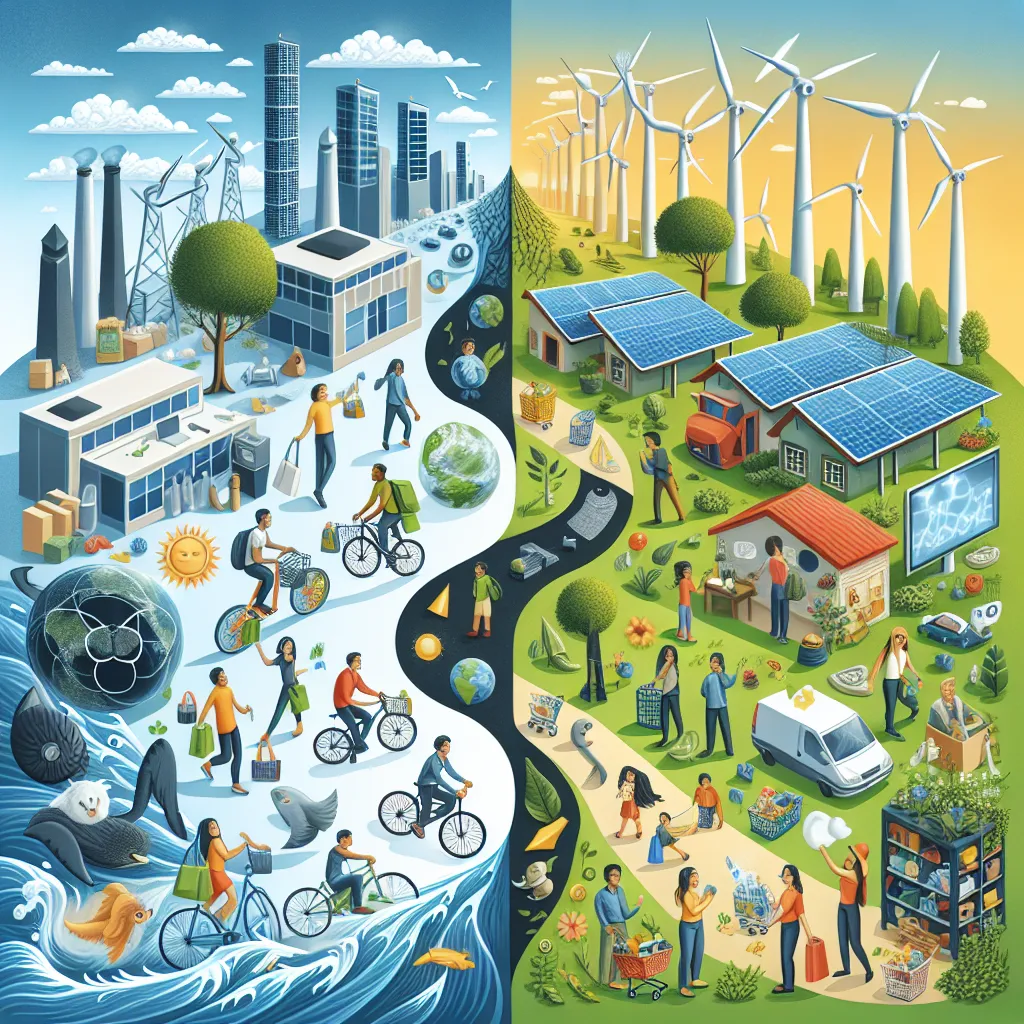Telecommuting, also known as remote work or working from home, has become an increasingly popular topic in IELTS Writing Task 2 essays. As this trend continues to shape modern work environments, it’s crucial for IELTS test-takers to be well-prepared to discuss its various aspects. In this article, we’ll analyze a sample question, provide model essays for different band scores, and offer valuable tips to help you excel in your IELTS Writing Task 2.
Analyzing the Topic and its Relevance in IELTS
The topic of telecommuting has appeared in various forms in past IELTS exams and is likely to continue being a relevant subject. Its popularity stems from its global impact on work culture, especially in the wake of recent technological advancements and global events. Based on our research of past IELTS questions and current trends, we’ve identified a highly probable question format for this topic:
Some people believe that telecommuting (working from home) offers more advantages than disadvantages for both employees and employers. To what extent do you agree or disagree with this statement?
This question aligns closely with real IELTS exam patterns and addresses a contemporary issue that test-takers should be prepared to discuss.
Analyzing the Question
Let’s break down the key elements of this question:
- Topic: Telecommuting (working from home)
- Focus: Advantages and disadvantages for both employees and employers
- Task: Express your opinion on whether advantages outweigh disadvantages
- Scope: Consider impacts on both employees and employers
To answer this question effectively, you need to:
- Clearly state your position
- Discuss both advantages and disadvantages
- Consider perspectives of both employees and employers
- Provide specific examples to support your arguments
- Conclude with a summary of your stance
Now, let’s look at two sample essays addressing this question, targeting different band scores.
Sample Essay for Band 8-9
 Advantages and Disadvantages of Telecommuting
Advantages and Disadvantages of Telecommuting
Telecommuting, or working from home, has become increasingly prevalent in today’s digital age, revolutionizing traditional work paradigms. While some argue that this shift predominantly benefits both employees and employers, I believe that the reality is more nuanced, with significant advantages and disadvantages for both parties.
From an employee’s perspective, telecommuting offers undeniable benefits. The elimination of daily commutes not only saves time but also reduces stress and transportation costs. This newfound flexibility allows workers to achieve a better work-life balance, potentially increasing job satisfaction and productivity. Moreover, the ability to create a personalized work environment can enhance comfort and focus.
However, remote work is not without its drawbacks for employees. The lack of face-to-face interaction with colleagues can lead to feelings of isolation and disconnection from the company culture. Additionally, the blurring of boundaries between work and personal life may result in longer working hours and difficulties in “switching off” from work mode.
From an employer’s standpoint, telecommuting can lead to significant cost savings on office space and utilities. It also expands the talent pool by removing geographical constraints in hiring. Furthermore, studies have shown that remote workers often demonstrate increased productivity due to fewer distractions and the ability to work during their most productive hours.
Nevertheless, employers face challenges in managing remote teams effectively. Ensuring consistent communication, maintaining team cohesion, and monitoring performance can be more complex in a virtual setting. There’s also the potential risk of decreased innovation due to reduced spontaneous interactions that often spark creativity in office environments.
In conclusion, while telecommuting offers substantial benefits, it also presents significant challenges for both employees and employers. The extent to which advantages outweigh disadvantages largely depends on individual circumstances, company culture, and the nature of the work involved. As such, a balanced approach, perhaps incorporating a hybrid model of remote and in-office work, may be the most effective solution for many organizations.
(Word count: 309)
Analysis of Band 8-9 Essay
This essay demonstrates the qualities expected of a high band score:
- Clear position: The writer acknowledges both sides and presents a nuanced view.
- Coherent structure: The essay follows a logical flow, discussing employee and employer perspectives separately.
- Wide range of vocabulary: Uses advanced terms like “paradigms,” “nuanced,” and “cohesion.”
- Varied sentence structures: Combines simple and complex sentences effectively.
- Strong arguments: Provides specific examples and balanced viewpoints.
- Cohesive devices: Uses linking words like “however,” “moreover,” and “furthermore” appropriately.
- Conclusion: Summarizes the main points and offers a balanced final statement.
Sample Essay for Band 6-7
Nowadays, many people think that working from home, or telecommuting, is better for both workers and companies. I partly agree with this idea because there are both good and bad points to consider.
For employees, working from home has some clear advantages. They can save time and money by not traveling to work every day. This extra time can be used for family or hobbies, which can make people happier. Also, some people find it easier to concentrate at home without office noise.
However, there are also problems for workers. They might feel lonely without colleagues around and miss the social part of office life. It can also be hard to separate work time from personal time when working at home, which might cause stress.
From the company’s view, telecommuting can save money on office costs. They can hire people from anywhere, giving them more choices. Some studies show that people working from home might do more work because they are comfortable.
But companies also face difficulties with remote work. It can be hard to make sure everyone is working well and to keep team spirit strong when people are not in the same place. There might also be less new ideas because people are not meeting and talking in person.
In conclusion, while working from home has many benefits, it also has some drawbacks for both workers and companies. I think the best solution might be a mix of home and office work, which could give the good points of both ways of working.
(Word count: 268)
Analysis of Band 6-7 Essay
This essay demonstrates characteristics typical of a Band 6-7 score:
- Clear position: The writer partially agrees and acknowledges both sides.
- Adequate structure: The essay addresses both employee and employer perspectives.
- Sufficient vocabulary: Uses appropriate words but lacks the sophistication of higher band scores.
- Mostly correct grammar: Some complex structures are used, but not as consistently as in higher band essays.
- Relevant arguments: Provides examples and explanations, though less detailed than the Band 8-9 essay.
- Basic cohesive devices: Uses simple linking words like “however” and “also.”
- Conclusion: Summarizes the main points and offers a personal opinion.
Key Points to Remember When Writing About Telecommuting
-
Vocabulary: Use a range of topic-specific terms such as:
- Remote work (n): Work done outside of a traditional office
- Flexibility (n): Ability to adjust work hours or location
- Work-life balance (n): Equilibrium between career and personal life
- Productivity (n): Efficiency in completing tasks
- Collaboration (n): Working together to achieve a goal
-
Grammar: Utilize various structures to enhance your writing:
- Conditional sentences: “If companies adopt telecommuting, they might see increased productivity.”
- Passive voice: “Work-life balance can be improved through telecommuting.”
- Complex sentences: “While telecommuting offers flexibility, it also presents challenges in team communication.”
-
Balanced Argument: Consider both advantages and disadvantages for a well-rounded essay.
-
Specific Examples: Provide concrete instances to support your points, such as mentioning specific companies or studies.
-
Personal Opinion: Clearly state your stance, but acknowledge the complexity of the issue.
Challenging Vocabulary to Remember
- Paradigm (n) /ˈpærəˌdaɪm/ – A typical example or pattern of something
- Nuanced (adj) /ˈnuːɑːnst/ – Characterized by subtle shades of meaning
- Cohesion (n) /kəʊˈhiːʒən/ – The action or fact of forming a united whole
- Spontaneous (adj) /spɒnˈteɪniəs/ – Done or occurring without apparent external cause
- Prevalent (adj) /ˈprevələnt/ – Widespread in a particular area or at a particular time
- Distractions (n) /dɪˈstrækʃənz/ – Things that prevent someone from concentrating on something else
- Innovation (n) /ˌɪnəˈveɪʃən/ – The action or process of innovating
- Geographical (adj) /ˌdʒiːəˈɡræfɪkəl/ – Relating to geography
Conclusion
The topic of telecommuting is likely to remain relevant in IELTS Writing Task 2 essays. By understanding the key aspects of this subject and practicing with sample questions, you can improve your ability to construct a well-argued essay. Remember to consider both sides of the argument, use a range of vocabulary and grammatical structures, and provide specific examples to support your points.
To further enhance your skills, try writing your own essay on this topic and share it in the comments section below. This practice will help you apply the strategies discussed and receive feedback from others. Additionally, be prepared for variations on this theme, such as discussing the impact of remote work on urban development or the role of technology in enabling flexible work arrangements.


